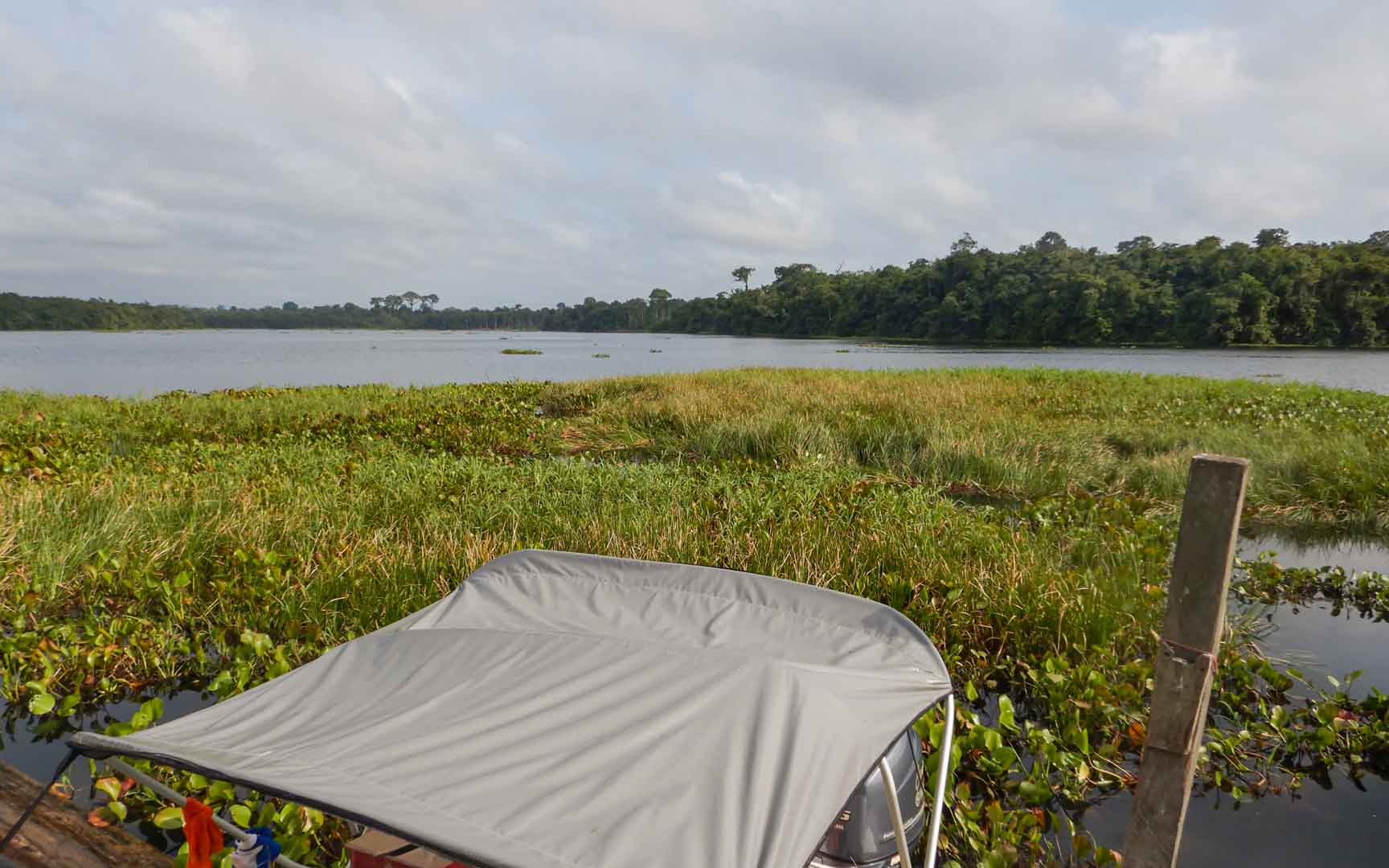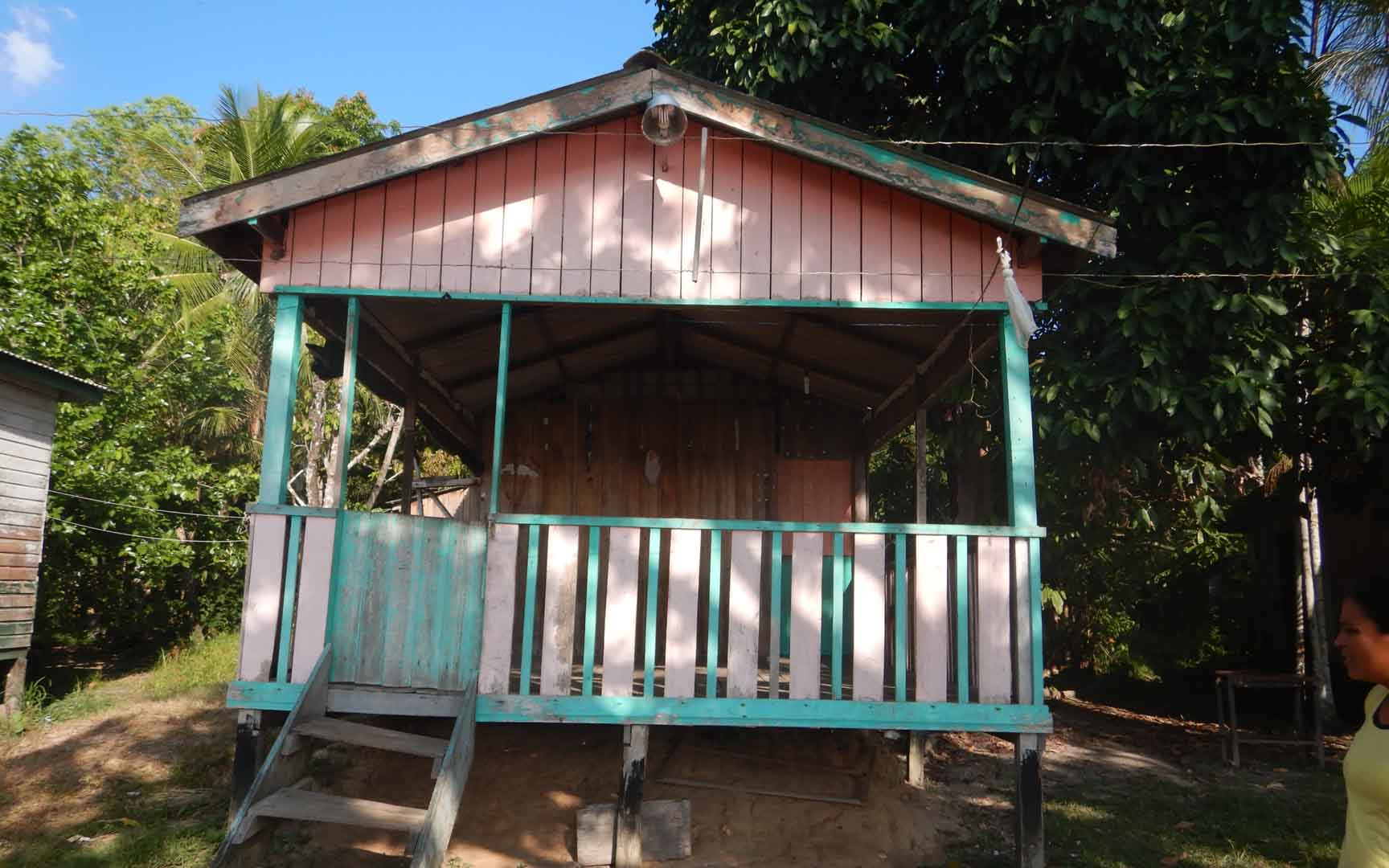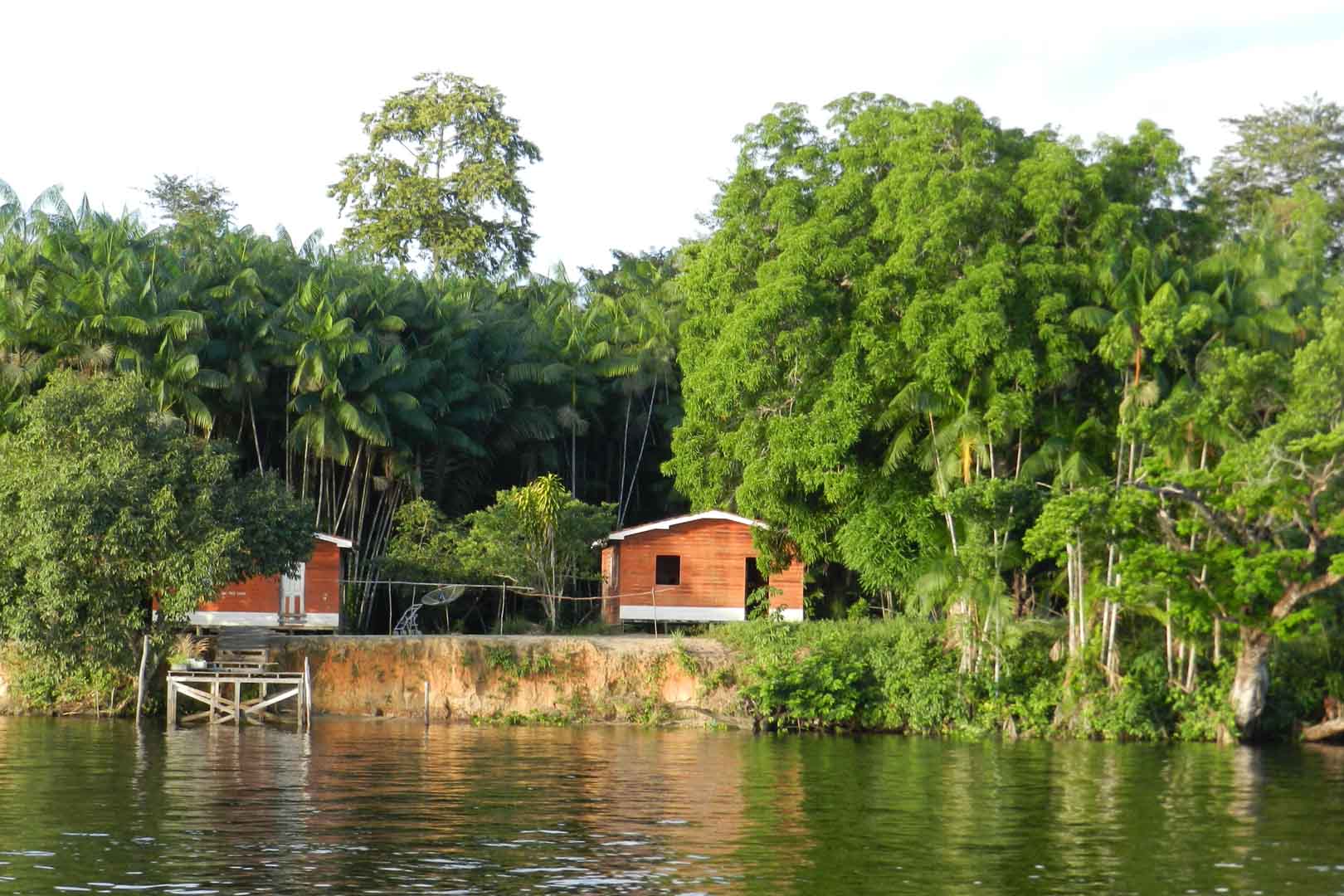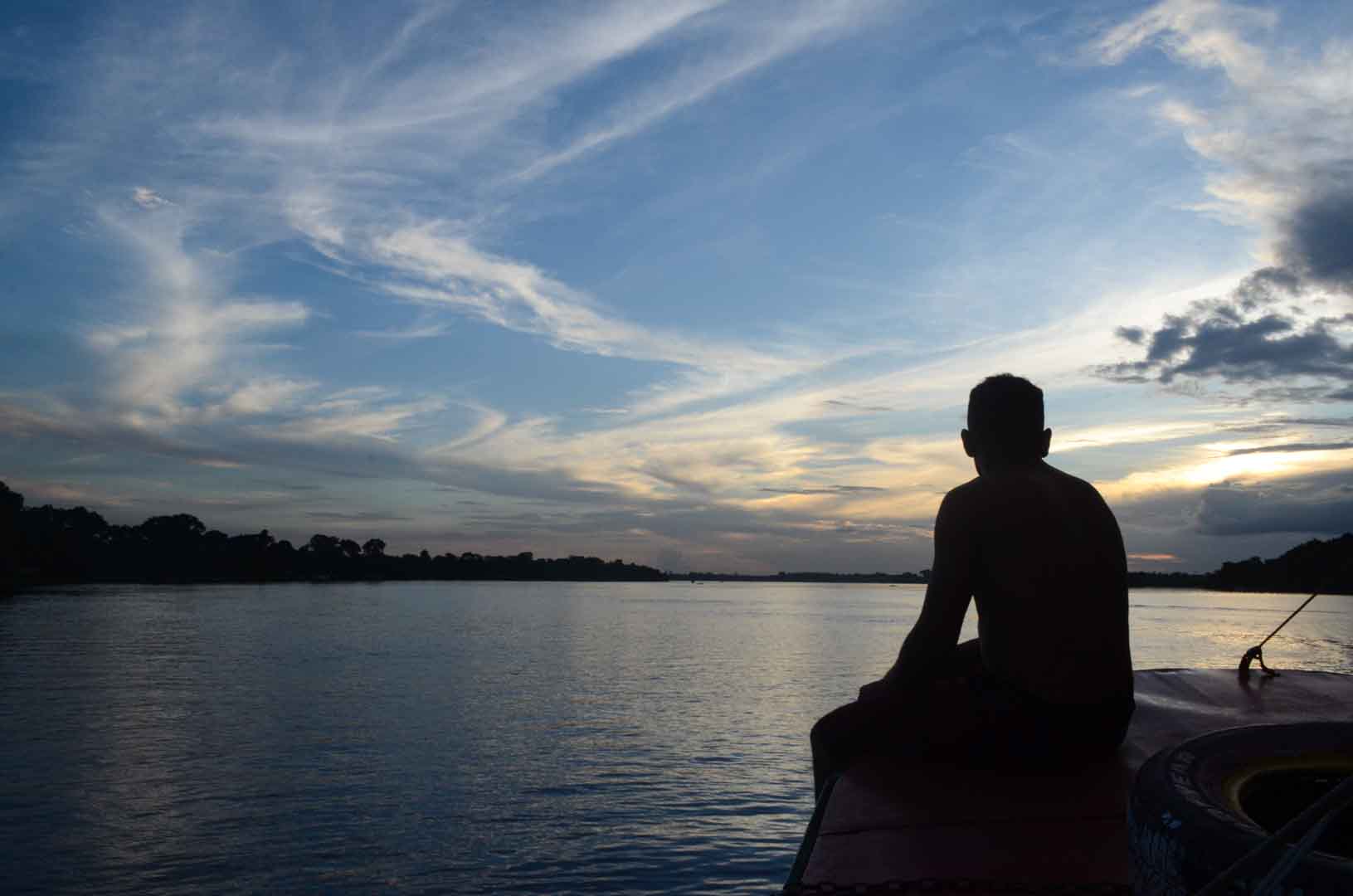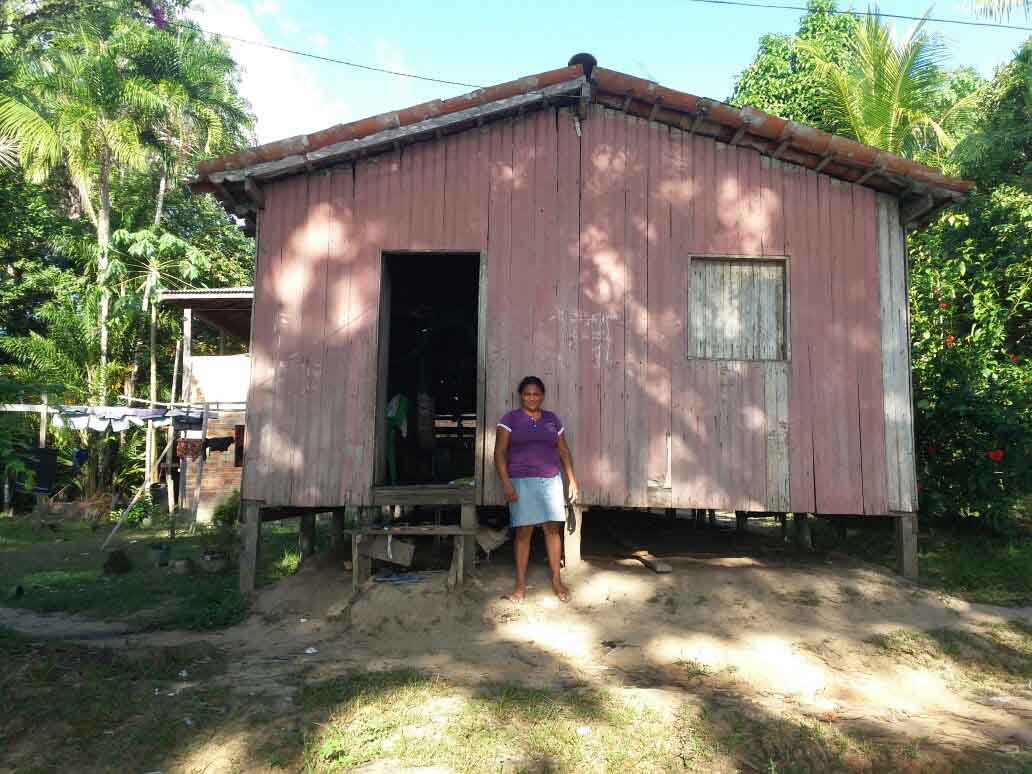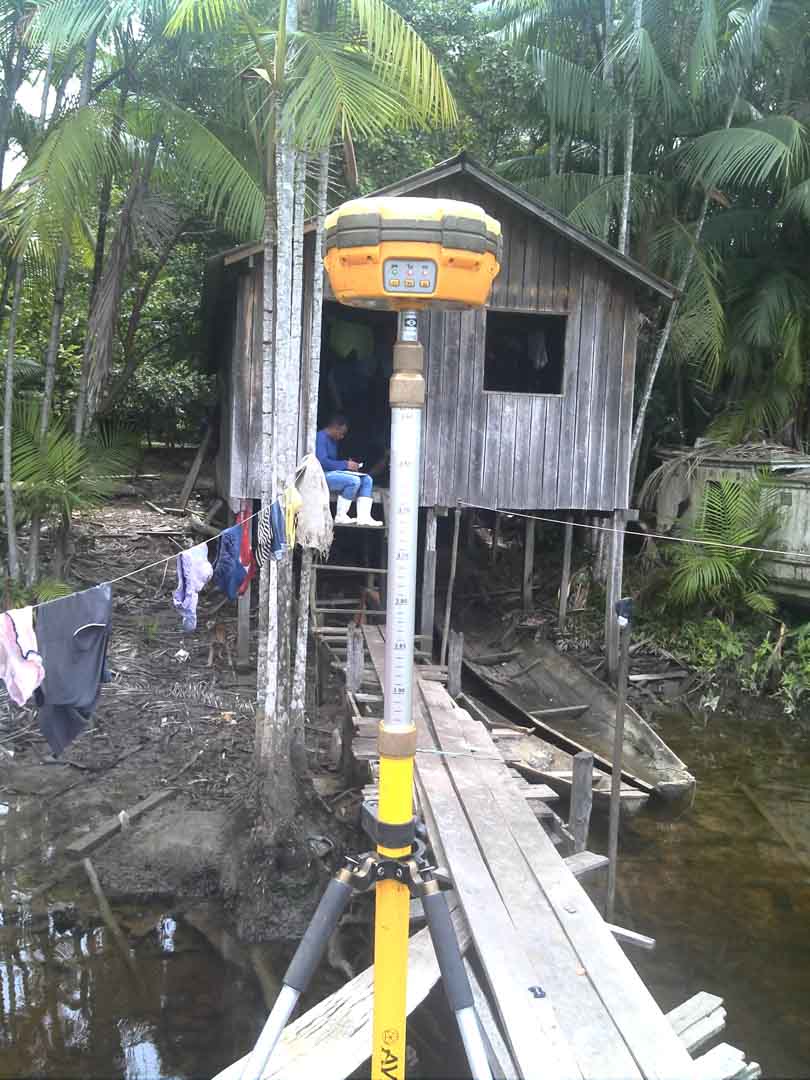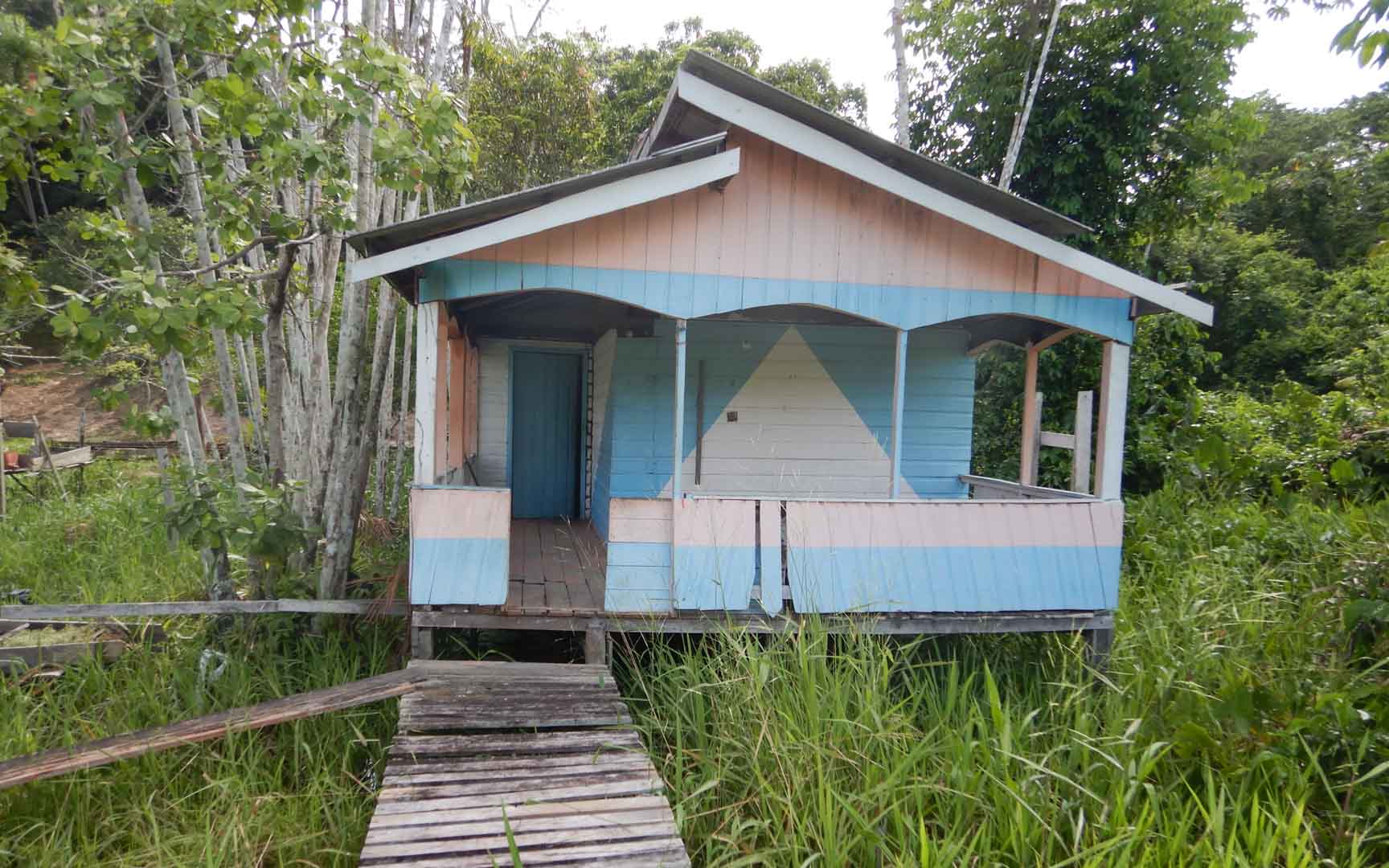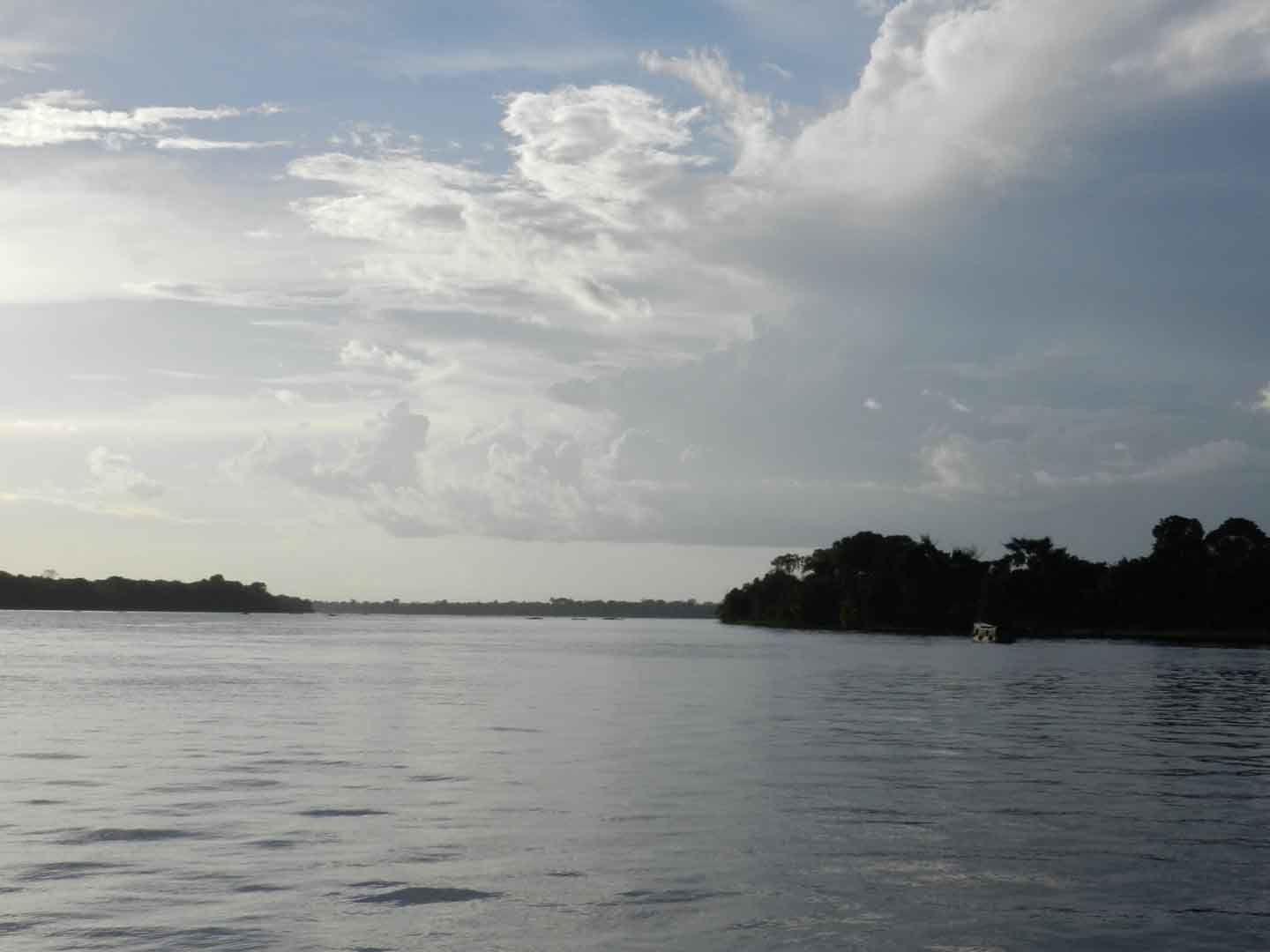Land for smallholders instead of soy plantations
The land is perfectly suited for soy plantations here in the Amazon region: it’s flat and easily accessible, there are several ports close by and the soil is fertile. Brazilian land law makes it possible to simply appropriate, deforest and farm unused land. Nature conservation projects also count as unused land. It’s little short of a miracle that there’s any rainforest left here at all and that it’s still providing a home for animal species that are becoming extinct, such as capuchin monkeys or black bearded sakis.
The idea of this project is to continue to preserve the rainforest and to officially acquire the relevant property rights for the “Ribeirinhos”, the inhabitants of the Amazon. This ensures that the area is no longer classified as unused and that farms can no longer legally occupy it. At the same time, it secures the livelihood of the local people, who are among the poorest in all of Brazil. Otherwise, 3,000 hectares of forest would be cleared every year and replaced with soy or other agricultural crops.

Forests are not only among the planet's most important carbon reservoirs. They also are home to an enormous diversity of species and are the livelihood for all people. However, global forest areas have declined sharply in recent decades due to increasing settlement, agricultural use, illegal logging and mining.
Forest protection projects ensure that forests are preserved in the long term and that the protection of forests is given a higher value than their deforestation. Together with the local population, project participants protect the area from negative influences. To allow for this the projects create alternative sources of income and educational opportunities. Depending on the project region, forests store varying amounts of carbon per hectare. Particularly high amounts of carbon are stored in the vegetation and soil of tropical swamp forests, primary rainforests, or mangroves. Forest protection projects in the ClimatePartner portfolio are registered with international standards.
Explore our projects
Biochar for Climate Action, Healthy Soils, and Better Harvests

A certified climate project combined with additional commitment

Expansion of renewable energy generation in Asia

Ceramic water filters save CO2 and improve health

Improved cookstoves worldwide – for better health and cleaner air

A certified climate project combined with additional commitment

Powering access to renewable energy in Africa

A certified climate project combined with additional commitment

Restored ecosystems remove carbon

Turning degraded farmlands into healthy ecosystems

Improved cookstoves - better for health and the environment








